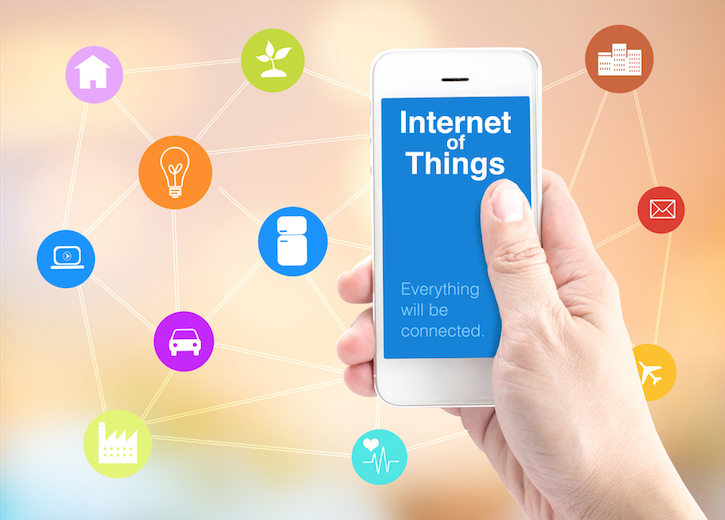
Internet of Things: All Hype or Potential Goldmine?

Internet of Things (IoT) is a hot topic in the telecommunications industry. First coined by Kevin Ashton in 1999, IoT has picked up steam in the last several years. The ultimate goal? Creating a worldwide network that connects every possible device, object, or thing to the internet. Whether it be person to machine, person to person, or machine to machine, IoT will transform the world and how ‘smart devices’ capture, store, analyze and exchange data. But having that much data creates a new problem. According to Forbes Tech, “organizations will achieve the business advantages of IoT only when they can capture, sort, piece together, and make sense of that data. That means they need to be able to collect, store, and retrieve data from a variety of devices representing many different operating systems, protocols, and standards.” A new global McKinsey Institute report states that the economic potential for IoT is $3.9 trillion to $11.1 trillion a year by 2025. From managing and monitoring illnesses in people to self-checkout and layout optimization in retail, the potential for accruing value is massive. Only innovative hardware, software, data, and service technologies will share in the full monetary potential of this growing trend. So what companies are leading the charge in IoT? In 2014, Google purchased Nest, a company that produces ‘smart’ thermostats and fire detectors. HP acquired Aruba Networks in 2015 to make connected hardware like routers and switches. IBM already has different products including a messaging platform for machine to machine (M2M) data named MessageSight, along with MobileFirst, which gives objects mobile capabilities. Amazon has several platforms for building IoT applications including a cloud player known as Amazon Web Services. These are just a few of the companies investing in IoT. There is potentially a huge upside to IoT and most companies are eagerly jumping on the bandwagon. IoT will drive the need for bandwidth. Don’t let your company get caught flat-footed without it. Please contact us for your optical transceiver needs.






